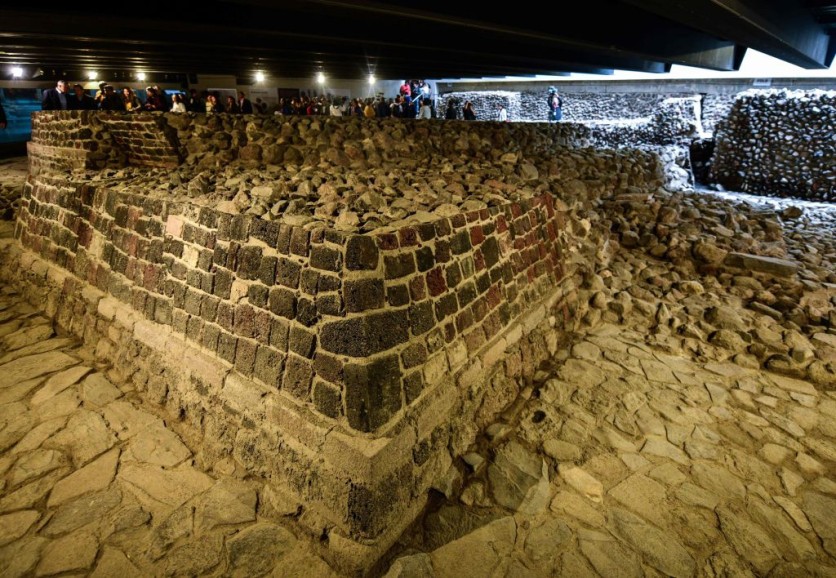In an odd turn of circumstances, archaeologists in Mexico were forced to rebury a peculiar monument they had discovered on the outskirts of Mexico City, concealing a significant historical object that may or may not see the light of day in the future.

Albarradón de Ecatepec
According to ScienceAlert's report, the discovery is a tunnel that was part of the Albarradón de Ecatepec, a flood-control network of dikes and rivers designed to defend the ancient city of Tenochtitlan from rising waters, and was created millennia ago.
But in the early years of Spanish colonization, the conquistadors could not recognize this indigenous infrastructure's genius and destroyed many pre-Hispanic buildings.
However, the Albarradón de Ecatepec and several flood-control systems of its kind were erected or renovated in the early 1600s after repeated floods overwhelmed colonial Mexico City.
Archaeologists from the National Institute of Anthropology and History (INAH) found such a structure within the Albarradón de Ecatepec in 2019; the tunnel they found preserved a distinctive blend of the cultures that produced it.
This tiny tunnel gate, which was just 8.4 meters (27.5 feet) long, was a minor portion of the enormous Albarradón de Ecatepec monument, which was constructed by several native workers and spanned a total distance of 4 kilometers (2.5 miles).
Even though it was only a small amount, the discovery of numerous pre-Hispanic glyphs in the structure was significant and unusual.
Eleven symbols in total were found, including images of a battle shield, raindrops, a bird of prey, and many more.
It's believed that non-Hispanic citizens from the villages of Ecatepec and Chiconautla, who assisted in building the Albarradón de Ecatepec, may have erected the symbols within the tunnel.
Why the Discovery Was Buried
Researchers explained in 2019 that one goal of the project was to understand the road's construction system, which allowed the team to demonstrate that it does not use pre-Hispanic techniques but rather semicircular arches and andesite voussoirs, stone and ashlar master lines, lime and sand mortars, and a floor on the upper part.
This remarkable, centuries-old blend of Aztec and Spanish cultural components was supposed to be transformed into a public exhibit so that people could visit and examine it, but sadly it didn't happen.
Researchers from INAH announced last year that the tunnel section would have to be reburied once more due to a lack of finances to construct the display and maintain the magnificent structure properly.
According to analysts, the COVID-19 issue in Mexico's economy had a significant economic impact on the decision.
Related Article : Oxford Archaeologists Discover Over 300 Ancient Hunting Sites from 8000 BCE in the Arabian Desert
This article is owned by Tech Times
Written by Jace Dela Cruz
ⓒ 2025 TECHTIMES.com All rights reserved. Do not reproduce without permission.




